The Squaw Man (1914 film)
6.2 /10 1 Votes
Initial DVD release July 25, 2006 Duration | 6.2/10 IMDb Genre Action, Drama, Romance Country United States | |||||||||||||||||||||||||||||||||
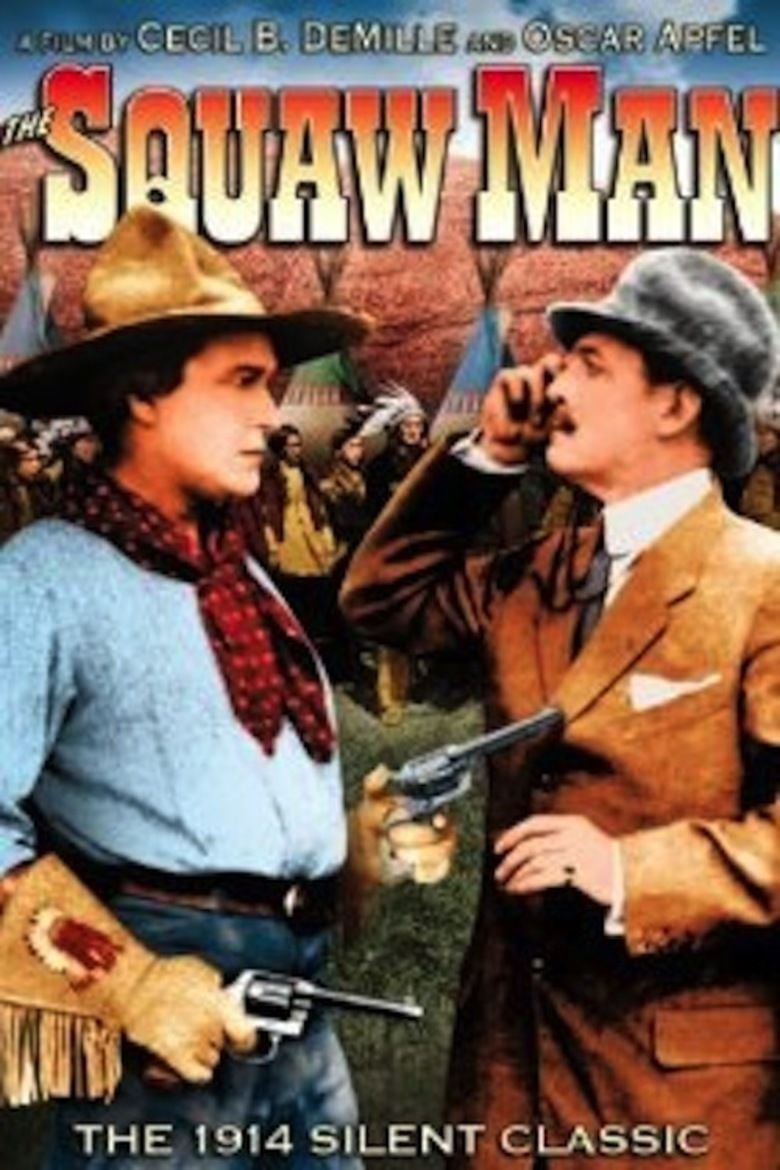 | ||||||||||||||||||||||||||||||||||
Cast (Capt. James Wynnegate), (Sir Henry - Earl of Kerhill), (Lady Diana), (Nat-U-Rich) Director Oscar ApfelCecil B. DeMille Release date February 12, 1914 (1914-02-12) (United States) Directors Cecil B. DeMille, Oscar Apfel Screenplay Cecil B. DeMille, Oscar Apfel, Edwin Milton Royle Similar movies Related Cecil B DeMille movies | ||||||||||||||||||||||||||||||||||
The squaw man 1931 preview clip
The Squaw Man (known as The White Man in the UK) is a 1914 silent western drama film starring Dustin Farnum and directed by Cecil B. DeMille and Oscar Apfel. It was DeMille's directorial debut.
Contents
- The squaw man 1931 preview clip
- Cecil b demille s the squaw man 1914 1 7
- Plot
- Characters
- Production background
- Controversies
- References

Cecil b demille s the squaw man 1914 1 7
Plot
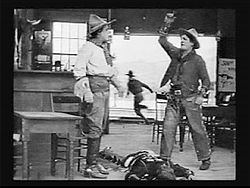
James Wynnegate (Dustin Farnum) and his cousin, Henry (Monroe Salisbury), are upper class Englishmen and have been made trustees for an orphans’ fund. Henry loses money in a bet at a derby and embezzles money from “the fund” to pay off his debts. When war office officials are informed of the money missing from “the fund," they pursue James, but he successfully escapes to Wyoming. There, James rescues Nat-U-Ritch (Lillian St. Cyr), daughter to the chief of the Utes tribe, from local outlaw Cash Hawkins (William Elmer). Hawkins plans to exact his revenge on James, but has his plans thwarted by Nat-U-Ritch, who fatally shoots him. Later, James gets into an accident in the mountains and needs to be rescued. Nat-U-Ritch tracks him down and carries him back to safety. As she nurses him back to health, they fall in love and later have a child. Meanwhile, during an exploration of the Alps, Henry falls off a cliff. Before he succumbs to his injuries, Henry signs a letter of confession proclaiming James’ innocence in the embezzlement. Before Henry's widow, Lady Diana (Winifred Kingston), and others arrive in Wyoming to tell James about the news, the Sheriff recovers the murder weapon that was used against Cash Hawkins inside of James and Nat-U-Ritch's home. Realizing their son was not safe, the couple sends him away, leaving them both distraught. Facing the possibilities of losing both her son and her freedom, Nat-U-Ritch decides to take her own life instead. The movie ends with both the chief of the Utes tribe and James embracing her body.
Characters
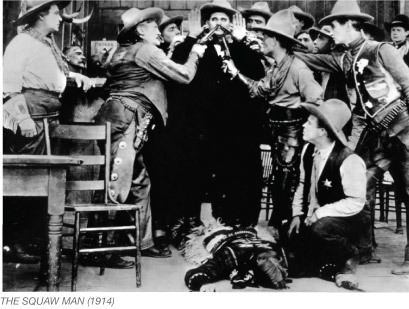
The main character James Wynnegate played by Dustin Farnum, was cast as the hero for the film. His wife in real life Winifred Kingston was also a well-known actress. She played the English love interest. Red Wing (real name Lillian St. Cyr) was born into the Winnebago Tribe of Nebraska on the Winnebago Reservation, and she played the American Indian wife.
Production background
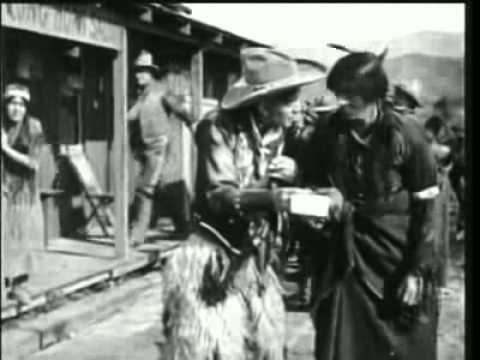
Directed by Oscar Apfel and Cecil B. DeMille and produced by DeMille and Jesse L. Lasky, the screenplay was adapted by Beulah Marie Dix from the 1905 stage play, of the same name, written by Edwin Milton Royle.
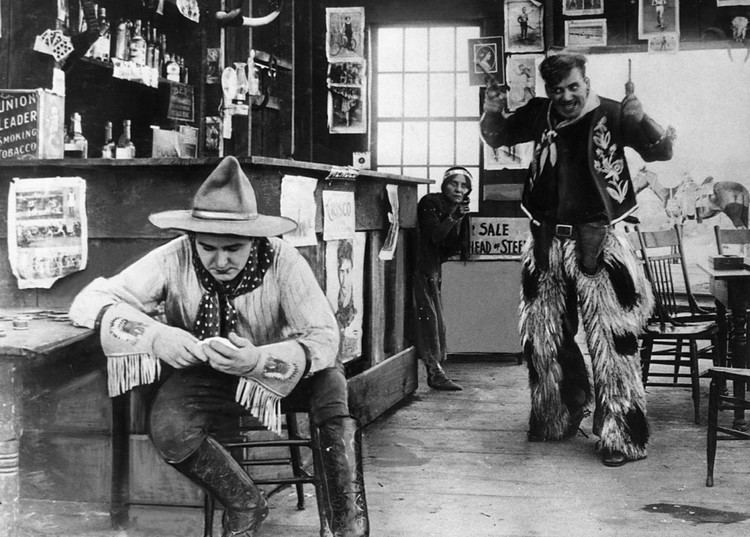
This first screen version of the story was the legendary DeMille's first movie assignment. It also holds the distinction of being the first feature-length movie filmed specifically in Hollywood. DeMille wanted to emphasize the outdoors and wanted to shoot the movie in a place that had exotic scenery and great vistas. Initially he traveled to Flagstaff, Arizona to film the movie. After seeing the vast amount of mountains near Flagstaff; the filming was moved to the Los Angeles area. It was not the first film to be made in the Los Angeles area, and film historians agree that shorts had previously been filmed in Hollywood, with In Old California considered the earliest. Harbor scenes were shot in San Pedro, California and the western saloon set was built beside railroad tracks in the San Fernando Valley. Footage of cattle on the open range were shot at Keen Camp near Idyllwild, California, while snow scenes were shot at Mount Palomar. Cecil B. DeMille felt that lighting in a movie was extremely important and viewed it as the visual and emotional foundation to build his image. He believed that lighting was to a film as “music is to an opera”.
The Squaw Man went on to become the only movie successfully filmed three times by the same director/producer, DeMille. He filmed a silent remake in 1918, and a talkie version in 1931. The Squaw Man was 74 minutes long and generated $244,700 in profit.
Controversies
Non-Native American actor Joseph Singleton played the role of Tabywana, Nat-U-Ritch's father. Lillian St. Cyr of the Winnebago Tribe of Nebraska was cast to play the role of Nat-U-Ritch, a member of the Ute tribe. She is also known as "Princess Redwing". St. Cyr along with her husband James Young Deer (of the Nanticoke people of Delaware) have been regarded as the first "Native American power couple" in Hollywood. DeMille selected Lillian St. Cyr to play Nat-U-Ritch because he wanted an authentic Native American. During the early silent film era, films that were based on the experiences of Native Americans were popular. The central theme of this film was miscegenation. In the state of California, anti-miscegenation laws existed until 1948; however, while African Americans couldn’t legally marry European-Americans in California during the filming process, marriages between Native Americans and European-Americans were permitted. Though there were Native American actors, European-Americans were mostly cast as Indian characters. Native Americans actors who played Indian roles might even perform in redface.
The costumes that Native American filmmakers made were often inaccurate. Young Deer and his wife Lillian St. Cyr helped to transform how Native American characters were represented. The characters they created and portrayed were sympathetic in complex ways, although other studios like Kalem were also attempting to accurately portray Natives in film. However, other scholars argue that Native American-themed silent films did not alter in any way the dominant perception of Indians themselves. Apparently, a large number of films displayed the Native American experience from many different perspectives and did involve Native American writers, filmmakers, and actors during this time period.
References
The Squaw Man (1914 film) WikipediaThe Squaw Man (1914 film) IMDb The Squaw Man (1914 film) themoviedb.org
